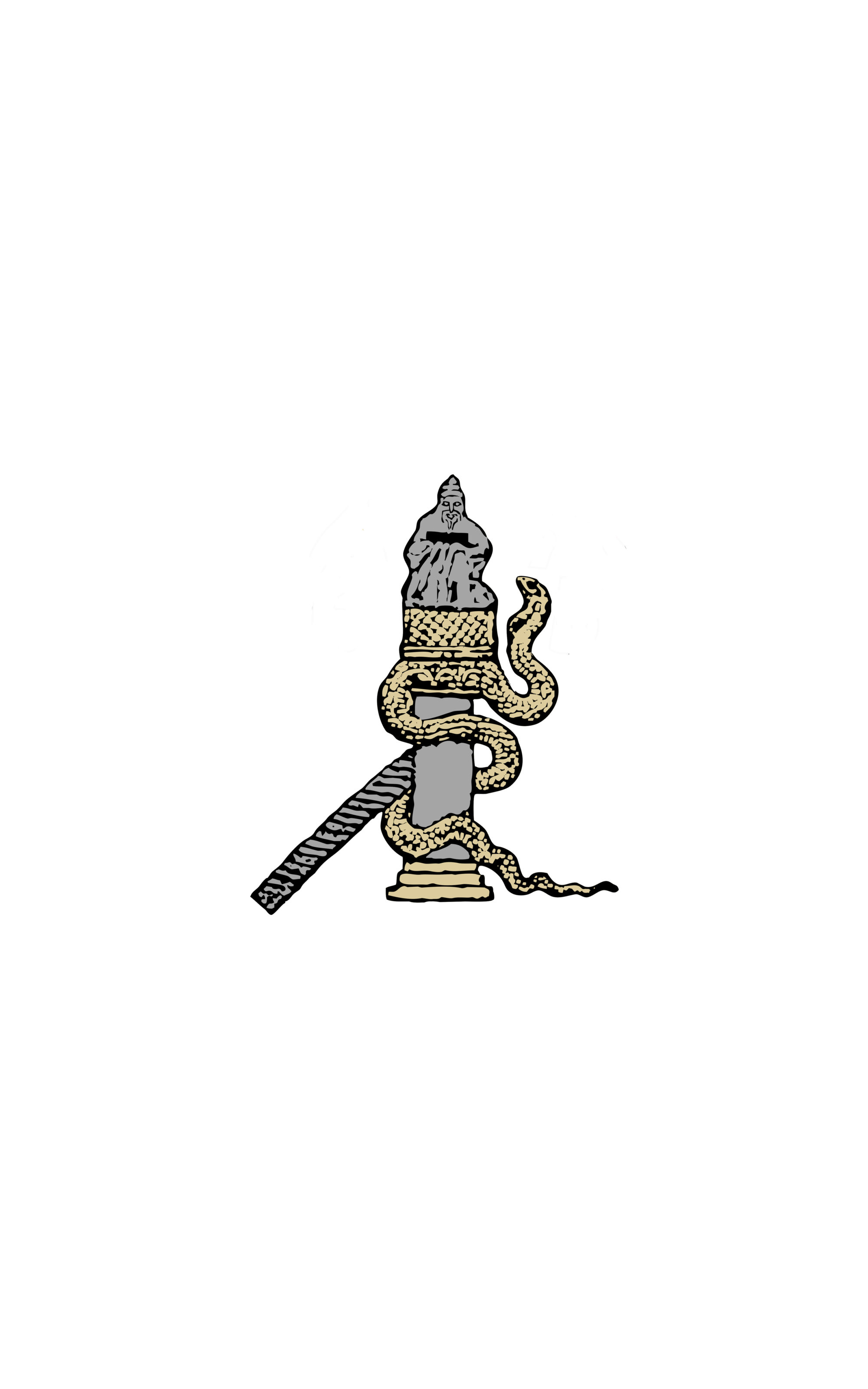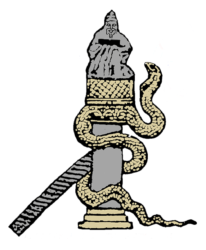CALL FOR PAPERS
The Journal of Ancient History continues to invite submissions of articles. We are committed to a speedy process from submission to publication while maintaining high standards of peer-review. Please see our website for submission information:
http://www.degruyter.com/view/j/jah
List of Papers Published in 2014 with Abstracts:
Volume 2.1
- Seleucid Coinage in 175-166 BCE and the Historicity of Daniel 11:21-24, Benjamin Scolnic, Southern Connecticut State University
Abstract: Historians and Bible scholars often state that Antiochus IV, a famous figure in Hellenistic history, became the king of the Seleucid kingdom immediately after the assassination of his brother Seleucus IV in September 175 BCE. They base this idea on a reconstruction of Seleucid coinage and on three texts: an Athenian inscription, a Babylonian King List and a passage in the historian Appian. Thus a Biblical passage, Dan.
11:21-24 is considered inaccurate in portraying Antiochus IV’s accession as a gradual one that required extended political strategy. A new study of the coins of Antiochus, son of Seleucus IV, and Antiochus IV and of all these texts, however, will suggest that Antiochus, son of Seleucus IV, was king by himself for at least a couple of years if not from 175 until 170 when he was executed, and that Dan. 11:21-24, while clearly polemical, and numismatics, while complicated, should be reconsidered as evidence in the reconstruction of an important sequence in the history of this period.
- Just War in Onasander’s ΣΤΡΑΤΗΓΙΚΟΣ, James T. Chlup, Department of Classics, University of Manitoba, Winnipeg, MB, Canada
Abstract: In addition to providing practical advice on how a Roman general ought to undertake a military campaign, Onasander’s Strategikos explores and advocates for the principles of the Just War (Latin: bellum iustum; Greek: δίκαιος πόλεμος). Onasander delineates three aspects of the Just War: ius ad bellum (where the reasons for war must be just), ius in bello (actions conducted during hostilities must be just), and ius post bellum (activities concerning the end-phase of the war must be just). Through a close reading of the text, two important facets of Onasander’s approach to the Just War come into sharper focus: first, that the general’s character plays an important part in ensuring that a war will be fought according to the principles of the Just War, and by extension, a Just War engaged in by a good general has the potential to improve the body politic. Second, Just War is a sagacious policy in that it provides the best chance for ending a war expeditiously.
- Sacred Plants and the Gnostic Church: Speculations on Entheogen-Use in Early Christian Ritual, Jerry B. Brown and Matthew Lupu, Florida International University, Department of Global & Sociocultural Studies
Abstract: It is the aim of this paper to establish a temporal and cultural link between entheogen-use in Classical mystery cults and their possible use in a segment of the early Christian Gnostic Church. As early Christianity was heavily influenced by the Classical world in which it first developed, it is essential to examine the evidence of entheogen-use within Classical mystery cults, and explore their possible influence on the development of Christian ritual. We will first present textual evidence from the New Testament and Nag Hammadi Library (NHL) that indicate possible use of ritual entheogens. Next we will examine entheogen-use by some of the main religious sects of the ancient Mediterranean world as part of their liturgical practice between c. fifth century BCE and the third century CE. Then we will show that the different schools of philosophical thought examined were quite fluid, and that there was considerable overlap among schools with respect to several key philosophies and practices. Ultimately the subject of entheogen-use in the Classical world necessarily falls into the realm of plausible speculation mainly due to the lack of primary sources. However, should the entheogenic hypothesis prove to be correct, it promises to be quite useful in future research and in the translation of original documents.
Volume 2.2
Special Issue: The Archaeology of Sasanian Politics Guest Editors: Richard Payne and Mehrnoush Soroush
- The archaeology of Sasanian politics; Richard Payne, Neubauer Family Assistant Professor, The Oriental Institute and the Department of Near Eastern Languages and Civilizations, The University of Chicago
Abstract: This introduction to the special issue offers an overview of the articles and their implications for current research on Sasanian history and archaeology, with an emphasis on direct and indirect intersections between textual and archaeological evidence. It suggests that settlement patterns, irrigation systems, coins, ceramics, and landscapes can provide more productive starting points for analyzing certain aspects of Sasanian political culture – such as the comparative robustness of the imperial apparatus – than texts, especially when placed in dialogue with literary and documentary sources. In particular, the still poorly understood political economy of the Iranian Empire begins to yield its outlines in the contributions to this special issue.
- Borderland Projects of Sasanian Empire: Intersection of Domestic and Foreign Policies Karim Alizadeh, Department of Anthropology, Harvard University
Abstract: The landscapes of the Sasanian Empire have been studied in detail and have been remarkably well interpreted during past few decades. Recent research in borderland areas has also increased our knowledge of Sasanian policies in borderlands. The Sasanian Empire is well known for massive construction work. Projects such as construction of fortifications and defensive walls, irrigation systems, fortified towns and cities in the Sasanian period usually are attributed to the reigns of Kawad I and his son Husraw I Anushirwan in the sixth century. This attribution mostly derives from historical documents in which Husraw is seen as primarily responsible for these massive projects. Recent archaeological researches in the Gorgān plain in the northeast of Iran and in Mughan Steppe in Iranian Azerbaijan have demonstrated the possibility of dating these projects earlier in the fifth century. This is significant because it may shed more light on the socio-political dynamics of the Sasanian Empire. Focusing on the Caucasus, especially on data acquired from the Mughan Steppe projects, I will try to place this new data and information in its socio-political context and reconsider earlier notions on borderlands of the Sasanian Empire. Regardless of insecurity in borderlands, the Sasanian Empire heavily invested in these areas. In this article, reviewing historical documents and archaeological data, I will argue that the imperial investments in the borderland areas represent a multi-purpose plan.
- Merv, an archaeological case-study from the northeastern frontier of the Sasanian Empire St John Simpson, Department of the Middle East, The British Museum
Abstract: This paper re-examines some of the latest archaeological evidence from Merv, beginning with the oasis, followed by the city and finally with aspects of the urban economy. It concludes with a brief exploration of how this cumulative evidence matches that from some other regions of the Sasanian Empire, including frontier regions such as Gorgan, and the Mesopotamian heartlands, and argues that cross-regional archaeological comparison throws new light on how the Sasanian state effectively managed its resources.
- The Sasanian state: the evidence of coinage and military construction James Howard-Johnston, Stelios Ioannou School for Research in Classical and Byzantine Sudies, University of Oxford
Abstract: Iran and surrounding territories were moulded into a strong state in the Sasanian period, i.e. an institutionally developed political entity, managed from an imperial centre. Leaving aside the testimony of clay sealings for different branches of provincial administration and of campaigns for military capability, incontrovertible evidence for the existence of a governmental system with effective outreach and downreach is provided by military construction projects and the monetary system. As regards military infrastructure, attention is concentrated on works undertaken on both sides of the Caspian: two formidable lines of defence were created at narrow points in the passage between the Caucasus and west coast, to be dated probably to the late fourth and early fifth centuries, the front line being upgraded probably toward the end of the reign of Kawad I (488-96, 499-531); to the east where the Gurgan plain offered easy access to the southern shore of the Caspian and passes across the Elburz mountains, a grandiose scheme of linear defence was introduced, probably in the middle decades of the fifth century, consisting of a 200 km long wall guarded by more than thirty-six forts and fronted by a wide, water-filled ditch, several ready-made fortified camps for field forces to the rear and an associated wall across the eastern end of the southern coastal plain. The financial foundations of the state can be examined through study of the coinage, which has been subject to thorough-going analysis in recent publications. Despite a proliferation of mints, there was an impressive uniformity of types in the main silver currency, changes being introduced in a single coordinated operation. The high purity (averaging over 95%) of the silver drachm was maintained from the fourth century to the early 620s, even at times of serious financial strain.
Preliminary studies of variations in overall mint output and by region cast additional light on economic and organisational history, while policy initiatives and associated propaganda can be glimpsed thanks to the survival of special issues (in gold as well as silver).
- Agriculture in Sasanian Persis: ideology and practice Tobin Hartnell, Department of the Social Sciences, The American University of Iraq
Abstract: Data for the political economy in the highlands of Sasanian Persis is relatively limited, leading researchers to suggest that agricultural development and the level of urbanism in the region was limited. This article will present new survey data for settlements and agriculture in the Kur River Basin, the largest internal basin in the southern Zagros. It will also discuss the implications of this data for understanding Sasanian agricultural practices, the growing industrialization of the agricultural economy, the implications for social organization, and potential reasons why Sasanian agriculture was organized using weirs, rather than reservoir dams.
- Landscape signatures in Sasanian archaeology Donald Whitcomb, The Oriental Institute, University of Chicago
Abstract: These concluding remarks are intended to bring attention to two themes common to these papers. The first is that of landscape signatures, that is, patterns of regional development characteristic of new research in Sasanian archaeology. A second theme is beyond the new regional data; this is the importance of the traditional, yet curiously undeveloped, description of the Sasanian city. The papers make major contributions for both of these themes, individually and in concert with each other.

